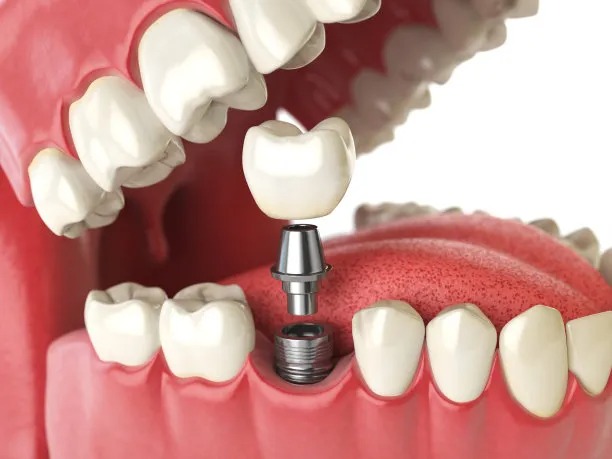Essential Guidelines to Ensure Safety and Effectiveness During Root Canal Treatment for Optimal Dental Health
Summary: Ensuring safety and effectiveness during root canal treatment is paramount for maintaining optimal dental health. This article outlines essential guidelines that dental professionals and patients should consider, focusing on pre-treatment assessments, infection control measures, procedural techniques, and post-treatment care. By following these comprehensive strategies, practitioners can not only enhance the success rate of root canals but also ensure a comfortable experience for their patients, ultimately contributing to improved overall dental well-being.
1. Patient Pre-Treatment Assessment Guidelines

Before any root canal treatment, a thorough assessment of the patient’s dental history and current health condition is vital. This includes gathering information about any pre-existing conditions, allergies, and medications that may affect the treatment outcome. A diligent history-taking process allows the dentist to tailor the procedure to each patient’s unique needs.
Diagnostic imaging, such as X-rays, plays a crucial role in understanding the extent of the infection and the anatomy of the tooth. Utilizing advanced imaging techniques can help identify complex root canal systems that may not be visible through standard procedures, aiding the dentist in preparing for any potential challenges.
Furthermore, communication with the patient is essential. Dentists should explain the root canal procedure, including potential risks and benefits, so that patients feel well-informed and comfortable proceeding with treatment. This collaboration sets the stage for a successful procedure.
2. Infection Control Measures in Treatment
Infection control is critical in ensuring the safety and effectiveness of root canal treatments. The use of sterile instruments and proper PPE (personal protective equipment) must be strictly enforced to minimize the risks of cross-contamination. Sterilization protocols should include regularly checking the effectiveness of sterilization processes.
Additionally, the use of endodontic irrigants has been proven to effectively manage and eliminate bacterial infections within the canal. Dentists should employ a combination of antimicrobial solutions to flush out debris and disinfect the area thoroughly, thereby enhancing the overall success rates of the treatment.
Moreover, creating a dry working field through the use of rubber dams is essential. This isolation technique blocks saliva and blood from entering the treatment area, significantly reducing the risk of infection and ensuring a clean environment for the procedure.
3. Effective Procedural Techniques for Root Canals
Effective procedural techniques are integral to achieving successful outcomes during root canal treatments. Dentists must adhere to a systematic approach, starting with proper access cavity preparation to allow for optimal visibility and instrument access. Following established protocols can help avoid complications that might arise from hasty procedures.
Instrumentation should be approached with precision. Utilizing rotary endodontic instruments can enhance efficiency and reduce procedural errors, as these tools are designed to work seamlessly within the complex anatomy of root canals. It is important that dentists select appropriate instruments based on specific canal morphology, adapting their technique accordingly.
Lastly, the proper use of obturation materials is essential for sealing the canal effectively after cleaning and shaping. The right choice of sealants and gutta-percha will prevent future infections, ensure the longevity of treatment, and ultimately contribute to the patient’s satisfaction and recovery.
4. Post-Treatment Care and Follow-Up
Post-treatment care is as crucial as the procedure itself in ensuring optimal healing and dental health. Patients should be provided with clear aftercare instructions, including pain management, restrictions on food or beverage intake, and signs of complications to watch for, such as increased pain or swelling.
Follow-up appointments should be scheduled to monitor healing and assess the effectiveness of the treatment. During these visits, dentists can evaluate the tooths condition and make any necessary adjustments to ensure optimal recovery.
Encouraging patients to maintain good oral hygiene practices is also vital. Regular brushing, flossing, and dental check-ups contribute to the overall health of the treated tooth and support the longevity of the root canal treatment, preventing future complications.
Summary: The management of root canal treatment hinges on several critical guidelines that encompass patient assessments, strict infection control, effective procedural techniques, and diligent post-treatment care. Implementing these practices not only enhances patient safety and treatment efficacy but also fosters a supportive environment for recovery.
By adhering to these essential guidelines, dental professionals can significantly improve patient outcomes and satisfaction. Maintaining optimal dental health is a collaborative effort that emphasizes prevention, intervention, and patient education.
This article is compiled by Vickong Dental and the content is for reference only.



